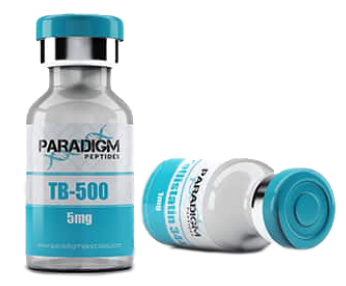Peptides For Sporting Activities Injuries In Sarasota, Fl Andrew Huberman supplies insights into the business structure of restorative peptides, reviewing their benefits and dangers throughout different groups. He concentrates on tissue renewal and repair peptides like BPC-157 and thymosin beta 4 (TB-500), which promote angiogenesis, fibroblast migration, and cell turnover to increase healing. Yet, there is a caution concerning the deficiency of human data and the possible dangers such as lump development promotion. Development promo peptides, consisting of sermorelin, tesamorelin, and others, stimulate hormone pathways resulting in enhanced metabolic rate and vigor yet may contribute to tumor growth and opposite results. He likewise discuss epitalon, a long life peptide with potential anti-aging advantages, yet warns because of the lack of human evidence.
Tissue Fixing And Regeneration
This segment explores medical studies, mechanisms of action, and the prospective ramifications for future treatments in sporting TB500 for athletes in France activities medicine. A peptide is a short chain of amino acids, which are the standard elements that comprise protein. Peptides are normally two to 50 amino acids attached by peptide bonds, which are solid bonds that can endure warm, salt, and urea (a byproduct of protein metabolic process) direct exposure.TB-500 vs. BPC-157 Research Studies - Euro Weekly News
TB-500 vs. BPC-157 Research Studies.


Posted: Thu, 06 Jul 2023 07:00:00 GMT [source]
What Does Tb-500 Do?
- As an example, they offered computer mice a lead peptide that inhibits thrombin-- a vital anti-thrombosis target-- in the kind of a pill.On the other hand, TB-500, with its 43 amino acids, is identified as an actin-binding protein that improves wound recovery and shows anti-inflammatory residential or commercial properties via miR-146a amplification.Both TB500 and BPC157 have been researched for their possible use in dealing with a range of medical conditions, consisting of injuries to the muscles and tendons.By evaluating all of these, they determined one area in the peptide where placing a staple not just enhances the molecule's security and assists it enter cells, however likewise makes it bind even more securely to Mcl-1.